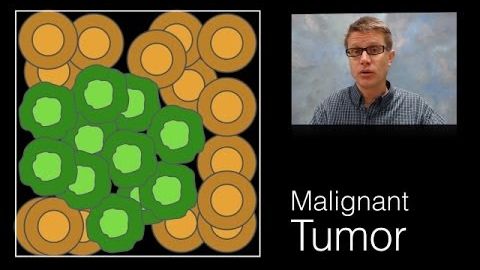
Subtitles & vocabulary
Video vocabulary
start
US /stɑrt/
・
UK /stɑ:t/
- Noun (Countable/Uncountable)
- First time or place that a thing exists; beginning
- Beginning of something in place or time
- Verb (Transitive/Intransitive)
- To do, be or happen for the first time; begin
A1
More increase
US /ɪnˈkris/
・
UK /ɪn'kri:s/
- Verb (Transitive/Intransitive)
- To make or become larger in size or amount
- Noun (Countable/Uncountable)
- Fact of increasing; amount something grows by
- A rise in strength or intensity.
A1TOEIC
More find
US /faɪnd/
・
UK /faɪnd/
- Transitive Verb
- To become aware of something that is happening
- To discover or meet by chance
- Noun (Countable/Uncountable)
- Object discovered by chance
- Things that have been discovered from searching
A1
More Use Energy
Unlock All Vocabulary
Unlock pronunciation, explanations, and filters
